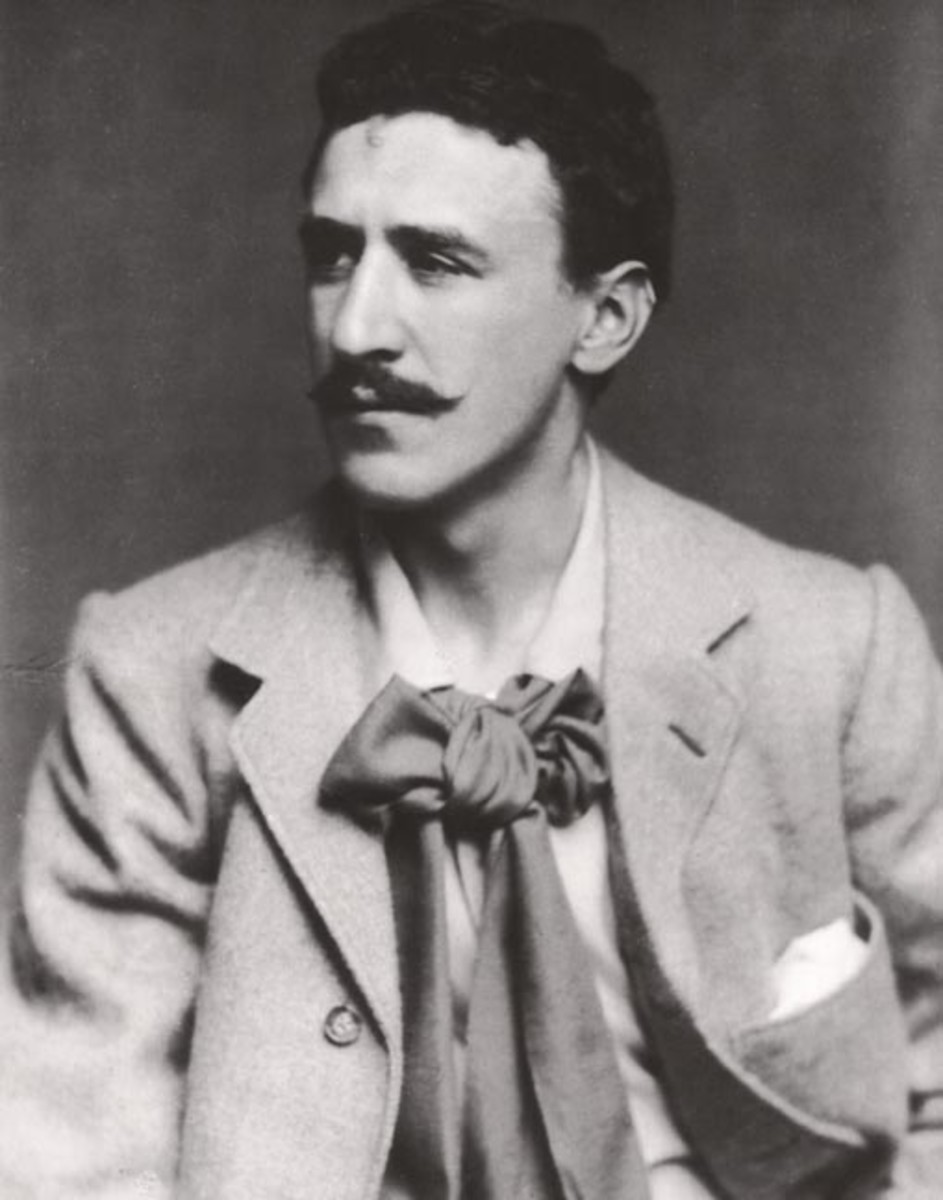- HubPages»
- Home and Garden»
- Home Decorating»
- Interior Design & Decor
The Legacy of Bauhaus Style

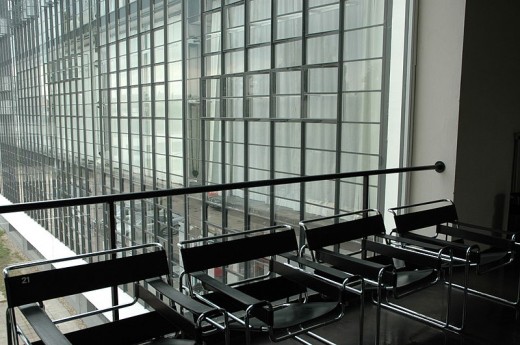
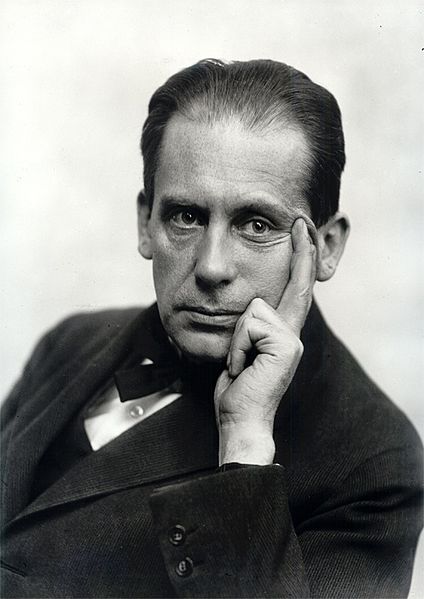
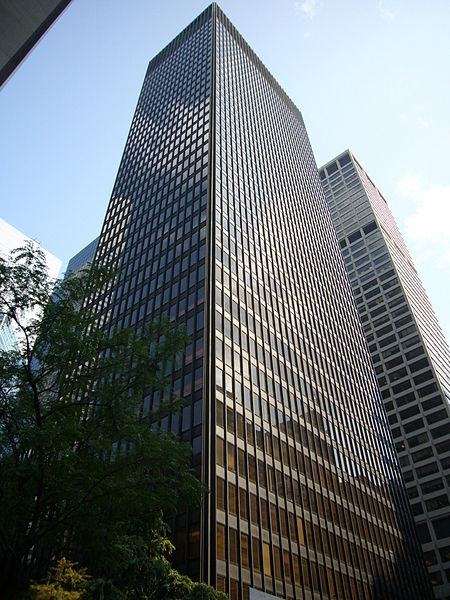
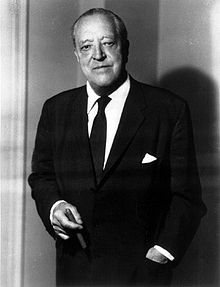
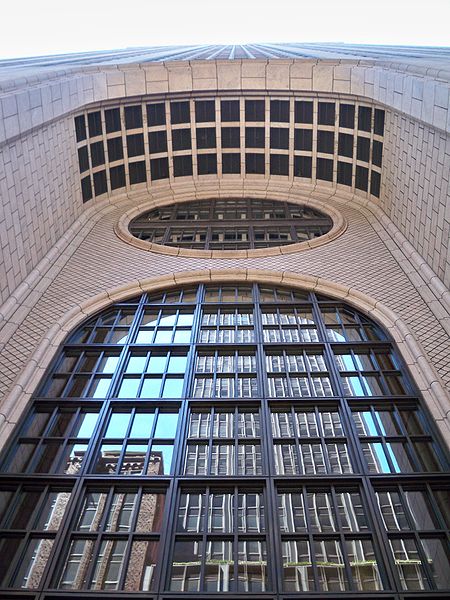
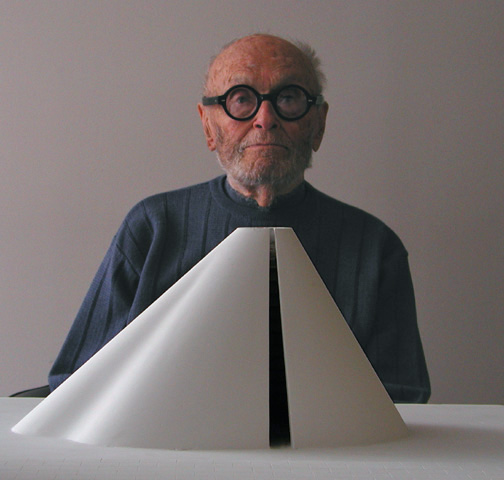
The Bauhaus as a revelation
It is clear that the Bauhaus movement was a profound, collective recognition and promotion of Modernism from multiple points of origin: from the Deutsche Werkbund, the De Stijl movement, or even the work and ideas of Peter Behrens, for example. Bauhaus enabled at once ideas that had percolated but in retrospect seemed so necessary in a time of profound transition between the ages of industry and technology. Hence, a central Bauhaus tenant was the recognition of the need to merge the artistic spirit, one in which an artist or craftsman could freely develop form and design but also marry them with industrialized mass production. The movement was influential enough that upon closure of the Bauhaus school in the 1930s its members were not swayed to surrender their ideology, style or careers but rather many of them flourished and established legacies that far outreached their own lives.
Shifting mindsets: predecessors to Bauhaus
Modern architecture is defined by methodology, materials, ideals, technique and style as are most design or movements. This being said, the architecture and design of the 1800s had become ill-fit to the social and industrial developments that had emerged by the end of the 19th century and indeed this was recognized early on by designers like William Morris and the Jugendstil architect from Vienna, Otto Wagner, who stated that “new human tasks and views called for a change or reconstitution of existing forms." Adolf Loos and Josef Hoffman, architects who both practiced in Austria in the early 20th century, advocated for a shift in aesthetics that would eschew the historicism* of revival trends in building and design and call for the embrace of simple, unadorned style in which “form followed function.” The Dutch De Stijl movement that stressed abstract, simple forms but also freedom of artistic expression as opposed to imitation also helped to define what would become a Bauhaus aesthetic ideology and style. Dutch designer and architect Gerrit Reitveld demonstrated the De Stijl style in his geometric, abstract interiors and furniture, as expressed in the creation of his “Z chair.”
Walter Gropius and the Bauhaus School in Germany
It was in Germany that the push towards Modernism gained momentum with the launch of the Bauhaus school in 1919, Walter Gropius leading the way as its director. Gropius has been professionally active in Germany for some time, having apprenticed in the offices of noted German architect Peter Behrens, a pioneer in the field of industrial design especially in so far as work he did for German electrical company AEG. Gropius (and Behrens) had also been an influential member of the Deutsche Werkbund founded in 1907 by architect Hermann Muthesius (who had vigorously promoted the Arts and Crafts movement in Germany),which was an association of artists, architects, designers and industrialists formed with the purpose of finding ways to merge traditional craft with industrial production.
Gropius’ envisioned the Bauhaus as being a training center for art, the trades, and industry with the ultimate aim of merging creative imagination with practical craftsmanship, art and technology, hence, functional or industrial design. The breadth of subjects included architecture, stage design, photography and film, town planning, and the design of textiles, metal, ceramics, wood, in what would be a program of “total art.” Gropius established curriculum that influenced how design is taught today including the creation of a “Vorkurs,” an initial survey course that in most architecture and design schools today is taught as “Basic Design.”
The Bauhaus Style: Form and Function
The new style/aesthetic taught at Bauhaus was one that integrated modern materials and espoused the philosophy that dictated that form should follow function – in architecture, that the function or of a space or building informs its design above all else – and that ornamentation could be minimal. The architecture that would come out of Bauhaus reflected this ensconcing recognizable features especially when transitioned into "International style," that was demonstrated by truth in materials and exposed structural elements (like unfinished steel beams), square or rectangular bases, heavy use of concrete, glass and steel, and grid plan windows. The Bauhaus school in Dessau is an example of a Bauhaus aesthetic and bent towards function, as manifest in its appearance: a four-story block-like building that housed workshops for design and production, striking in appearance with a three story glass façades, austere ornamentation and projecting balconies with tubular railings. Ludwig Mies van der Rohe, Bauhaus faculty member and for a short time its director after Gropius, took this Bauhaus look and feel further towards the International Style when he designed a section of living quarters that were displayed as part of the German Pavilion at the Barcelona Exhibition of 1929.
The Bauhaus Legacy in America
Ultimately, the Bauhaus school was forced to close due to the hostile environment of Nazi Germany and its faculty and students scattered to the wind towards a future in architecture that would be immeasurably and profoundly influenced by their promulgation, in their works and in their teaching of the Modernist style. In 1937, Gropius secured a position of the chair of the Department of Architecture at Harvard and also established a firm called Architects Collaborative that designed the Harvard Graduate Center (now a Harvard Law School building). He also helped to design the Pan Am Building in Manhattan, a skyscraper in the International Style. Yet, he is also known for his legacy as an educator – his students included renowned Modernist architects Phillip Johnson and I.M. Pei. Mies also left Germany, moving to the US to teach at the Illinois Institute of Technology in Chicago. He continued to practice, commissioned to design skyscraper apartments and offices like The Seagram Building in New York. His own house called the Farnsworth House in Illinois was also of his design and is a model of Mid Century Modern architecture and interior design. Lastly, the contributions of the Bauhaus to the field of modern furniture design have been significant especially those of Marcel Breuer: his ubiquitous Cantilever and Wassily chairs are still being produced. Breuer was also an architect in his own right, a notable designconstruction being the Whitney Museum in New York. Bauhaus style and other relative aesthetics i.e. Mid-Century Modern or Brutalism, have influenced and are still integrated into contemporary architecture and design.
*Historicism: as applied to architecture, this refers to a reproduction of architectural style based upon design of another era. For example, the Victorian neo-Gothic replicates to some degree the Gothic design aesthetic of the Middle Ages. Historicism was a popular aesthetic during the Victorian Era.


